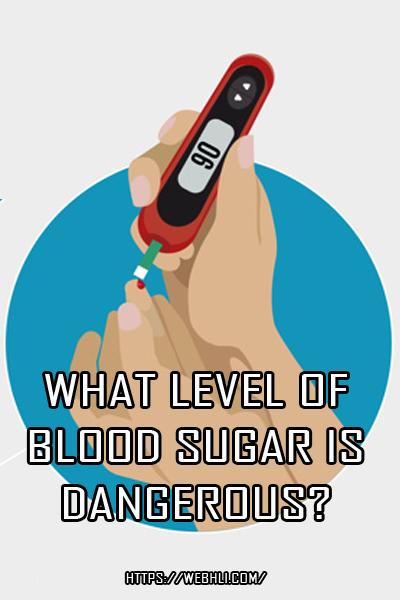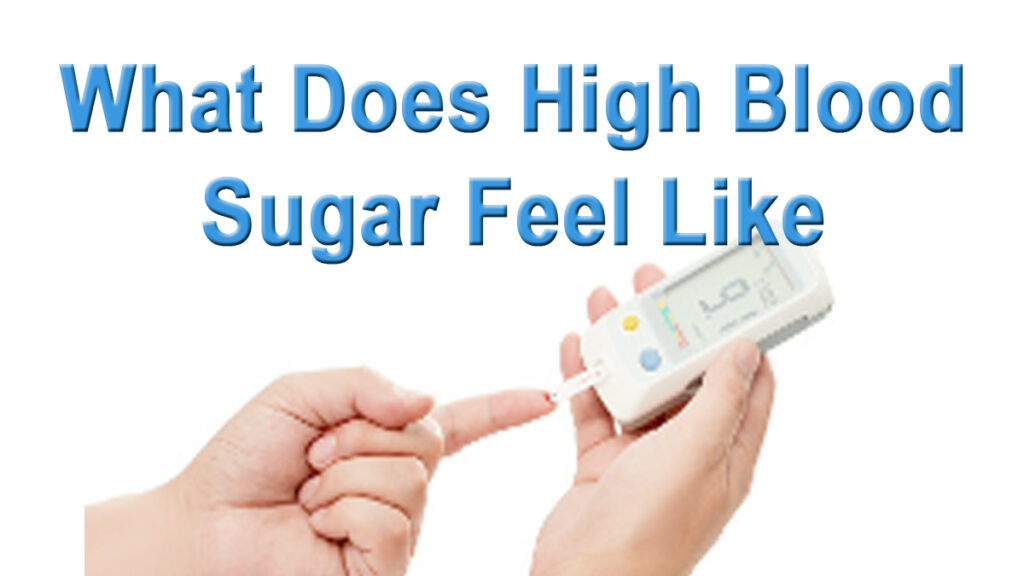To stay healthy and prevent diabetes complications, is imporant to know what level of blood sugar is dangerous.
High blood sugar reading ranges between 180 to 250 mg/dL.
Below 70 mg/dl is low blood sugar.
Level of blood sugar above 250 mg/dL or under 50 mg/dL is very dangerous and requires medical emergency treatment.
The optimal blood sugar level that you want to achieve is generally between 70 and 130 mg/dL.
People who are prone to diabetes—especially those who have the disease in their family's history—should consider that there is a great possibility that they or their kids might inherit the illness. So, the best way to go about it is become very informed about the condition. The following are some the things that people who are prone to diabetes must consider:
TYPE OF DIABETES
Experts say that the severity of diabetes can be determined through its types including "type 1diabetes" also known as "juvenile diabetes" or "insulin-dependent diabetes" which is an auto-immune type targeting the body's immune system and the least common type; the "type 2 diabetes" also known as "non-insulin-dependent diabetes mellitus" or "adult-onset diabetes" which is affects the amount of insulin produced in the person's body, and "gestational diabetes" which is common among women who are conceiving or pregnant.
Keep Your Blood Sugar Level Under Control
SYMPTOMS. To know if you are suffering from diabetes or not, knowing the symptoms for each type would help you a lot. Those who suffering from type 1 diabetes would experience 1diabetes exceptional thirstiness, dryness of mouth despite taking in lots of fluid, the urgent need to urinate more often, drastic loss of weight even is they are eating fairly well, exhaustion or feeling of being weak or tired despite less workload, and blurring of vision in most occasions. For type 2 diabetes, sufferers experience often blurring of vision, wounds, sores, or cuts that takes a long time to heal, itchiness of skin in many parts of the body, frequent development of yeast infections, increased or onset thirst, drying of mouth, frequent urination, and mild to extreme leg pains. Gestational diabetes symptoms are also alike with other types it's just that they are short termed because the disease ends once the woman gives birth. However, people who have this type of diabetes should be more careful because it can lead to type 2 if not monitored and treated immediately.
The most common symptoms of high blood sugar are as follow:
- being all the time thirsty
- frequent urination
- increased hunger
- feeling all the time tired; having an excessive fatigue,
- vision changes;
- recurrent skin infections very difficult to heal;
- tingling or numbness you may feel in your extremities;
- gums disorders;
- Hair loss and many others.
DIAGNOSIS. For a person to finally know whether he or she suffers from diabetes, tests for diagnosis are a must. Although the symptoms can give you a hint whether you are suffering from the illness or not, relying on these are not enough. Experts say that only way to confirm if one has diabetes or not is to get a test. Now, there are so many types of tests that one can get including:
fasting plasma glucose test which, is considered as the most preferred test for people with diabetes and requires a person to go fasting at least eight hours or ideally the night before the test to ensure that the blood sample that will be drawn and examined for glucose levels is accurate;
random blood glucose test which, unlike the Fasting Plasma Glucose test, doesn’t require fasting but the blood samples should be drawn out immediately after the person has eaten or has drunk something;
oral glucose tolerance test which requires the person to fast not less than 8 hours and prohibits him or her to smoke cigar and drink coffee before drawing the blood sample for the testing;
glucose challenge test is for women who are prone to gestational diabetes when they are pregnant;
impaired fasting glucose test which is considered as a new diagnostic category for people with diabetes. Here, blood sugar levels are and can determine the probability of the person to have diabetes.



 Protected by Patchstack
Protected by Patchstack